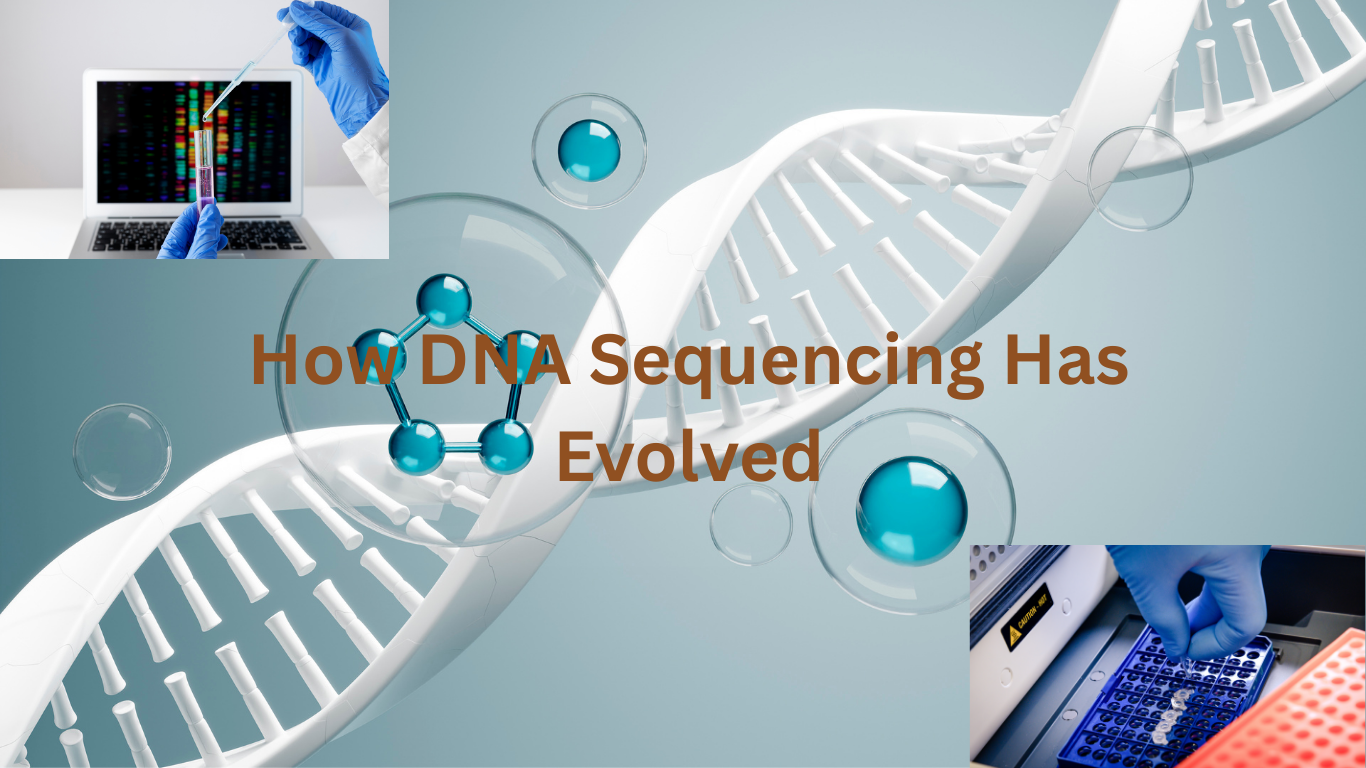Beautiful Plants For Your Interior

Maxam-Gilbert Chemical-Degradation Sequencing– Part 2
Today we will discuss about Maxam-Gilbert Chemical-Degradation Sequencing. In my last blog we learn about the Ray Wu’s Primer-Extension Approach, but due to its own limitation Maxam-Gillbert chemical degradation sequencing method comes into the picture.
In 1967- 77, Maxam-Gillbert chemical degradation sequencing method first of all developed by Allan Maxam and Walter Gilbert. In this method first step is to convert double stranded DNA into single stranded DNA.
In single stranded DNA, alkaline phosphate group removed and replaced with radiolabeled phosphate group (P32) to the single helical chain’s 5′ end. Polymerase chain reaction (PCR) amplified millions of copies of the template DNA. Base specific chemicals cut into pieces by cutting on the base with base-specific chemicals.
In chemical degradation method, four different chemicals are used for each base (A, G, T, and C). These chemicals are dimethyl sulfate, formic acid, hydrazine and NaCl. The guanine base is cut using dimethyl sulfate, the cytosine base is cut using hydrazine and sodium chloride, the guanine and adenine bases are cut together using formic acid, and the cytosine and thymine bases are cut together using hydrazine. The substances listed above methylate their specific bases. Hydrazine only inhibits the methylation of the thymine base under high salt (NaCl) environments, which facilitates the differentiation of thymine from cytosine bases. So the reaction is conducted in 4 different tubes, 1 tube for each base. Each tube contains radioactively labelled template DNA and a base specific chemical to the nucleotide. With the help of gel electrophoresis, DNA sequence observed by placing the reactions on different strips.
For visualization, The gel is placed on an x-ray film. On the x-ray film, the region containing the radio-labeled sequences gets darker. The chemical cut of the DNA samples will cause variations in the positions of the bands that become apparent. The sequence is read from bottom to top because a short base length will run quickly.
The bands are read from bottom to top (smallest to largest). Each lane represents the position of a particular base. By comparing the lanes, the DNA sequence is determined.
Why Sanger Sequencing Eventually Replaced Maxam–Gilbert?
1. Safer and Less Toxic
Hazardous chemicals (such as hydrazine, dimethyl sulfate, and piperidine) that are toxic, carcinogenic, and challenging to handle were necessary for Maxam-Gilbert sequencing. Sanger sequencing is far safer and more environmentally friendly because it doesn’t use these chemicals.
2. Simpler and More Efficient
Maxam-Gilbert sequencing was time-consuming and labour-intensive since it involved several chemical processes, gel electrophoresis, and autoradiography. Sanger sequencing is considerably easier: extends a primer using DNA polymerase. uses dideoxynucleotides (ddNTPs) that have been fluorescently labelled to halt DNA synthesis at particular bases.
3. Longer Read Lengths
Maxam–Gilbert sequencing was limited to 100–500 bases per reaction. Up to 800–1000 bases could be read in a single reaction using Sanger sequencing.
4. Radioactive Labelling Is Not Required
Radioactive phosphorous (P32) was used to mark DNA in Maxam-Gilbert sequencing, necessitating particular handling and disposal protocols. Fluorescent dyes, which are stable, safe, and automatable, replaced Sanger sequencing.